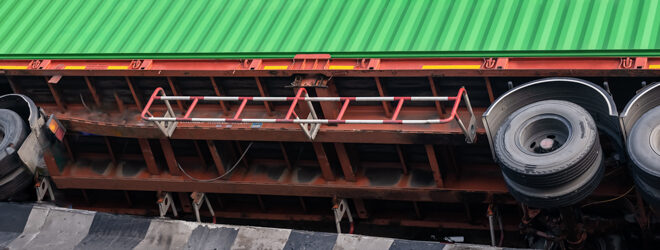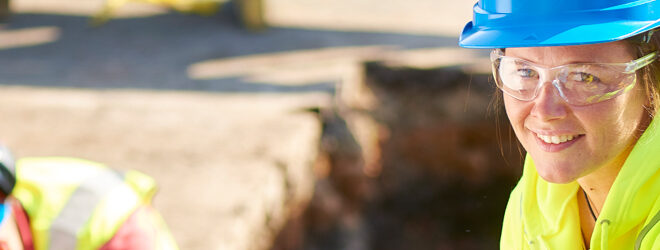The use of open-flame and spark-producing tools, also known as hot work, is among the leading causes of fires and explosions in North America. Procedures that involve the use of hot work include activities like welding, cutting, thawing pipes, torch applied roofing, and soldering. Despite the dangers, hot working is an integral part of many businesses.
A structured hot work safety management program is critical to help protect employees, property, and operations. This program should include clear policies, preparation procedures, training, communications, and monitoring systems. Generally, it’s best to perform hot work during normal business operations.
Key on-site hot work safety tips
If hot work needs to be performed on-site, consider the following safety measures:
- Implement a formal hot work permit system to identify hazards, assign responsibilities, and authorize hot work before it begins.
- Install seamless, sealed, non-combustible walls and floors to help contain sparks and heat from the hot work zone.
- Maintain an adequate supply of properly maintained fire extinguishers within immediate reach of the hot work area, and train staff to properly use it.
- Keep flammable liquids and combustibles at least 15 meters (50 feet) away from the hot work zone.
- Use thermal barriers or fire-retardant shields to protect flammable liquids and combustibles that cannot be relocated.
- Sweep the surrounding area before performing hot work.
- Install welding curtains, flameproof screens, and proper exhaust systems to control sparks, fumes, and heat, if necessary.
- Regularly maintain and clean the area to keep it in proper working order.
All employees performing hot work should be properly trained in fire safety and emergency response. Experienced supervisors and fire watchers should oversee activities, ensuring that hot work is performed safely and within authorized areas only.
Employee safety practices for hot work operations
Consider implementing the safety precautions below with all employees:
- Provide personal protective equipment (PPE) to employees in the hot work area.
- Avoid tasks that produce flammable vapours or combustible dust while hot work is underway.
- Cease all hot working activities at least 30 minutes before lunch, breaks, or the end of the workday.
- Make sure no one is ever performing hot work alone in the shop.
- Conduct a fire watch for a minimum of 60 minutes after completing hot work.
- Post a checklist of key safety tips for employees to refer to in a conspicuous place.
Hot work safety best practices at off-site locations
Off-site hot work presents higher risk levels, making it even more critical to train workers on adapting safety protocols to different environments.
If hot work must be completed at a client’s site, confirm that the facility has a hot work management program in place. Always document your work activities and obtain your client’s approval and sign-off before proceeding. The on-site safety tips mentioned above can also be applied to any off-site operation.
Finally, be sure to review your insurance policy, especially in terms of liability coverage for hot work. If you are unsure, contact your coverage provider before any hot work is performed.
Protect your business with insurance
Hot work involves serious risks, but proper planning and the right insurance coverage can help safeguard your operations. To learn more about how we can help support your business, visit our Business Insurance page today.




